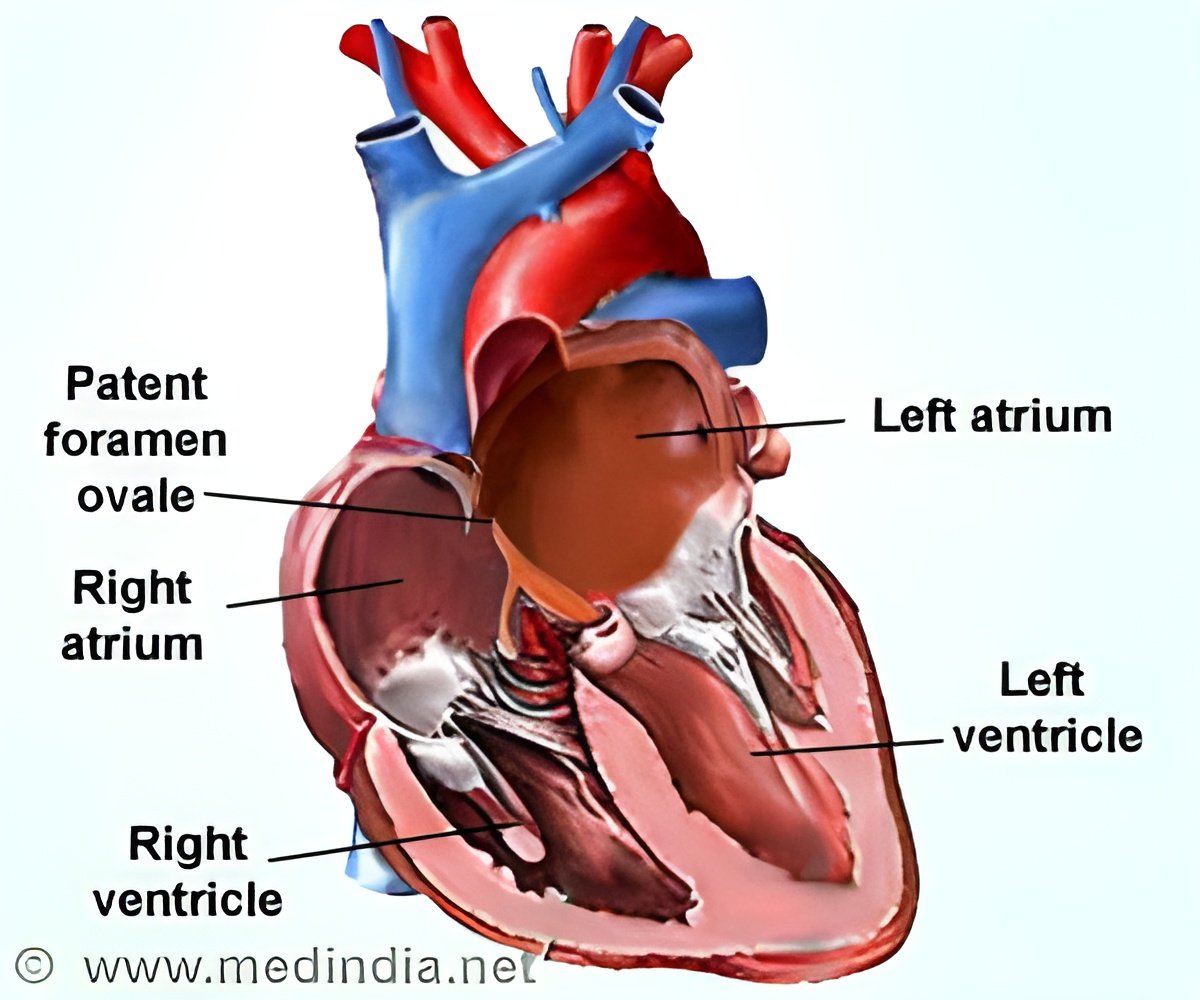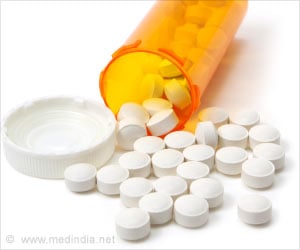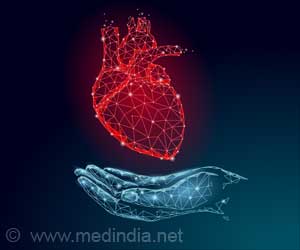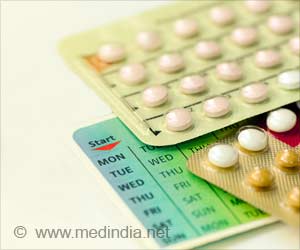The number one cause of death in both men and women is cardiovascular disease. The most adverse cardiovascular events tend to happen in the morning.

The researchers studied 12 healthy adult volunteers in the intensive physiological monitoring laboratories at BWH. Participants were assessed throughout a two-week laboratory protocol designed to desynchronize daily behavioral and environmental rhythms from internal circadian rhythms.
Researchers specifically evaluated the role of Plasminogen activator inhibitor-1 (PAI-1), which inhibits the breakdown of blood clots and is thus a risk factor for blood clotting, one of the major contributors to heart attack and ischemic stroke. The researchers sought out to test whether this morning peak in PAI-1 is caused by the internal circadian system or by behaviors that typically occur in the morning, such as altered posture and physical activity. The researchers found a robust circadian rhythm in circulating PAI-1 with a peak corresponding to approximately 6:30 a.m. in a regular sleep/wake cycle.
"Our findings indicate that the human circadian system causes a morning peak in circulating levels of PAI-1, independent of any behavioral or environmental influences," explained Steven Shea, PhD, director of the Oregon Institute of Occupational Health Sciences and the co-author of this paper. "Indeed, the circadian system determined to a large extent the PAI-1 rhythm observed during a regular sleep/wake cycle. This morning peak in PAI-1 could help explain adverse cardiovascular events in vulnerable individuals."
The researchers added that these studies established the circadian control of PAI-1 in healthy individuals and that future research is required to test whether this rhythm is amplified, blunted or shifted in vulnerable individuals, such as with obesity, diabetes, or cardiovascular disease.
Source-Eurekalert








